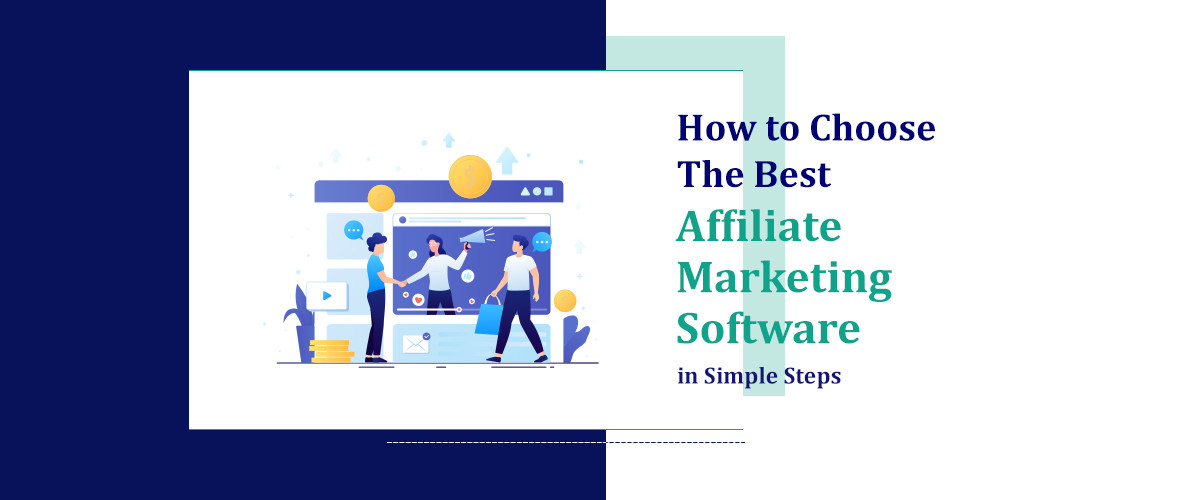What we'll cover
Strong customer relationships can be a key differentiator in a market where consumers are flooded with advertisements.
Buyers want to be treated as individuals, not numbers—meaning they expect personalized experiences from brands.
When customers feel connected to a business, they are more likely to stick around and become brand advocates. They may recommend your products, share their experiences on social media, and make repeat purchases. This kind of connection drives engagement and can improve your company's bottom line.
The first step to fostering positive customer connections is to get to know your audience—and that's where behavioral data can help.
This type of data provides actionable insights into buyers' needs. It tells you what they want from your brand, what their interests are, and how to earn their trust.
But what is behavioral data? And how can you use it to build better customer relationships? Read on to find out.
Understanding Behavioral Data
Organizations that use behavioral data experience 85% more sales growth than those that don't. They also have up to 25% higher gross margins, meaning they are more profitable.
Behavioral data represents the information collected from customers' interactions with your business. These insights may come from online and offline sources, such as:
- Your website or mobile app
- Social media pages
- CRM software
- Billing system
- In-store purchases
- Service appointments
- Loyalty programs
- Marketing campaigns
- Call centers
For example, potential customers who join your email list or fill out a form on your site leave a trail. With good tracking you should be able to see what source they can from and which pages of your site they visited. This data on their behavior can provide insight into their interests, preferences, and pain points.
You can also look for overall trends and patterns in behavioral data to boost performance. For instance, you may notice that most mobile shoppers abandon their carts at checkout. Based on this insight, you can deduce that work is needed to streamline the checkout process from smartphones.
Companies can also leverage behavioral data to create better products, refine their marketing messages, and deliver personalized experiences.
This approach often leads to better customer relationships, which can increase engagement and sales. At the same time, it enables businesses to identify and remove friction points, resulting in lower churn.
How to Gather Behavioral Data
There are various ways to collect behavioral data, depending on your business model.
Online retailers leverage web analytics to gather insights. But if you run a brick-and-mortar business, you'll also collect data from loyalty programs, surveys, in-store shopping trends, and other sources. These are all examples of first-party data.
For starters, track customers' interactions with your site or mobile app, even if you operate a physical store.
This should give you an idea of what products or services they're interested in and other insights, like:
- The pages they visit
- What they click on
- Session duration
- Cross-channel behavior
- Online-to-offline conversions
For instance, the pages they visit and the time spent on each page can reveal their areas of interest. You can also check whether those visiting your physical store also visit your website—and vice versa.
Then there's second-party behavioral data, which comes from media publishers, data co-ops, data marketplaces, and other companies. These insights are obtained through partnerships or data-sharing agreements.
An example would be the partnership between Spotify and Samsung. In 2018, Spotify became Samsung's music service provider, allowing for data exchange between the two companies.
Lastly, you can collect third-party insights from data brokers. These entities gather information from various sources and then sell it as a package. Since they don't directly interact with consumers, be sure to put measures in place to ensure the accuracy of this data.
How to Make Behavioral Data Work for Your Business
Behavioral data can help you better understand your customers and the reasoning behind their actions. It can reveal why they prefer one product over another, how they interact with your app, what questions they have, and much more.
However, data in itself doesn't provide much value. It's just a random collection of facts and figures. That's why you need to turn it into actionable insights—and let them guide your marketing efforts.
Not sure where to start? Here are five ways to use behavioral data to connect with your customers and win their business.
1. Personalize Your Marketing Messages
- In one survey, 83% of consumers said they would agree to share their data in exchange for personalized experiences. More than 90% admitted they're more likely to buy from vendors who remember their preferences and make relevant recommendations.
- As a business owner, you can leverage behavioral data to personalize your marketing messages.
- For example, you could deliver dynamic online content based on the customer's location, preferences, or browsing history. Go one step further and send personalized emails, text messages, or notifications based on specific events.
- Let's say someone places an order on your site. First, you'll send them a confirmation email. A week later, ask them to complete a post-purchase survey to gauge their experience with your brand.
- Moving forward, send them a series of emails with product recommendations, discounts, freebies, and educational content. These messages will be tailored based on their purchase history and other insights.
2. Craft Content That Converts
- A HubSpot survey conducted on 325 consumers found that nearly 30% read blog posts one to four times per month. Another 18% said they do it daily.
- Articles, blogs, and social media content can act as a lead magnet, driving sales. The same goes for eBooks, white papers, and reports.
- However, creating quality content isn't enough to boost conversions. You also need to write with your audience in mind.
- Leverage buyer intent data to craft content that addresses consumers' needs. Use analytics tools to see how visitors found your site and what they were looking for.
- For example, some consumers want to learn more about a given topic, product, or service. Therefore, their search queries will have informational intent, such as "What is hot yoga?" These users are looking for educational content.
- Others are already familiar with your products or services but need an extra push to make a purchase. So, they may be looking for demo videos, product reviews, tutorials, or other types of content with commercial intent.
- Buyer intent data can tell you who's looking for what. With these insights, you can tailor your content to each stage of the customer's journey.
3. Create Positive In-Store Experiences
- More than half of consumers have switched brands after a single poor in-store experience. Nearly 22% say they would try a new store if it offered fun experiences.
- Behavioral data can help you understand what your customers mean by "fun." And what they expect the moment they step foot into your store.
- For instance, a Mood Media survey found that 90% of buyers are more likely to revisit a physical store if the music, visuals, and scent create a relaxing ambiance.
- 85% of respondents said music is the primary factor impacting their mood while shopping in-store. Around 60% admitted they stayed in a physical store longer simply because they loved the music.
- The type of music played in your store should resonate with the target audience and match the ambiance.
- With that in mind, use behavioral data to find the perfect background music for your shop. Start by asking customers to take a survey about their music preferences. Include a few questions related to the ambiance they seek when visiting a store like yours.
- Also, leverage second-party data to gain more insight. For example, you could partner with a streaming platform or retail store specializing in music-related products.
- Similarly, you can analyze behavioral data to choose the ideal store layout, colors, and amenities.
4. Improve Customer Service
Consumers' phone calls, emails, and other interactions with customer support generate behavioral data. These insights can reveal:
- How customers feel about your brand
- What challenges they face when using your products
- What they expect from your brand
- What information they seek before making a purchase
- Where your customer service reps fall short
- Which touchpoints generate the most support inquiries
For instance, you may realize that most customers complain about product delivery times. Some go as far as canceling their orders because of it.
Try to find out what causes these delays, and then decide on the next steps, such as using a different courier service. This aspect alone may improve customer satisfaction, leading to better relationships and higher profits.
5. Optimize Your Products
- Behavioral data can also be useful when you want to launch a new product or improve an existing one.
- Let's assume you're working on a new version of a workout-tracking app.
- First, analyze behavioral data to identify the challenges users have with the existing version. Check the insights collected from support tickets, surveys, and customer reviews to find areas for improvement.
- Use this information to develop new features that better meet customers' needs. Also, conduct beta testing before the official launch to get feedback from potential users.
- These insights can help you determine what's working and why. Plus, you can identify potential issues early on, resulting in time and cost savings. Most importantly, you’ll create products that customers love, which can foster brand loyalty.
Harness the Power of Behavioral Data
Having a great product or service isn't enough to keep your customers engaged. You also need to earn their trust and loyalty, which requires building long-term relationships.
Behavioral data can help you better understand their needs and expectations. This will allow you to foster meaningful connections and build a brand that speaks directly to the target audience. The result? Happier customers, repeat sales, and higher engagement.
As a final word, collect and use data responsibly. Depending on your target market, you may have to comply with the General Data Protection Regulation (GDPR), the California Consumer Privacy Act (CCPA), or other laws. Make sure your data partners follow these regulations, too.




